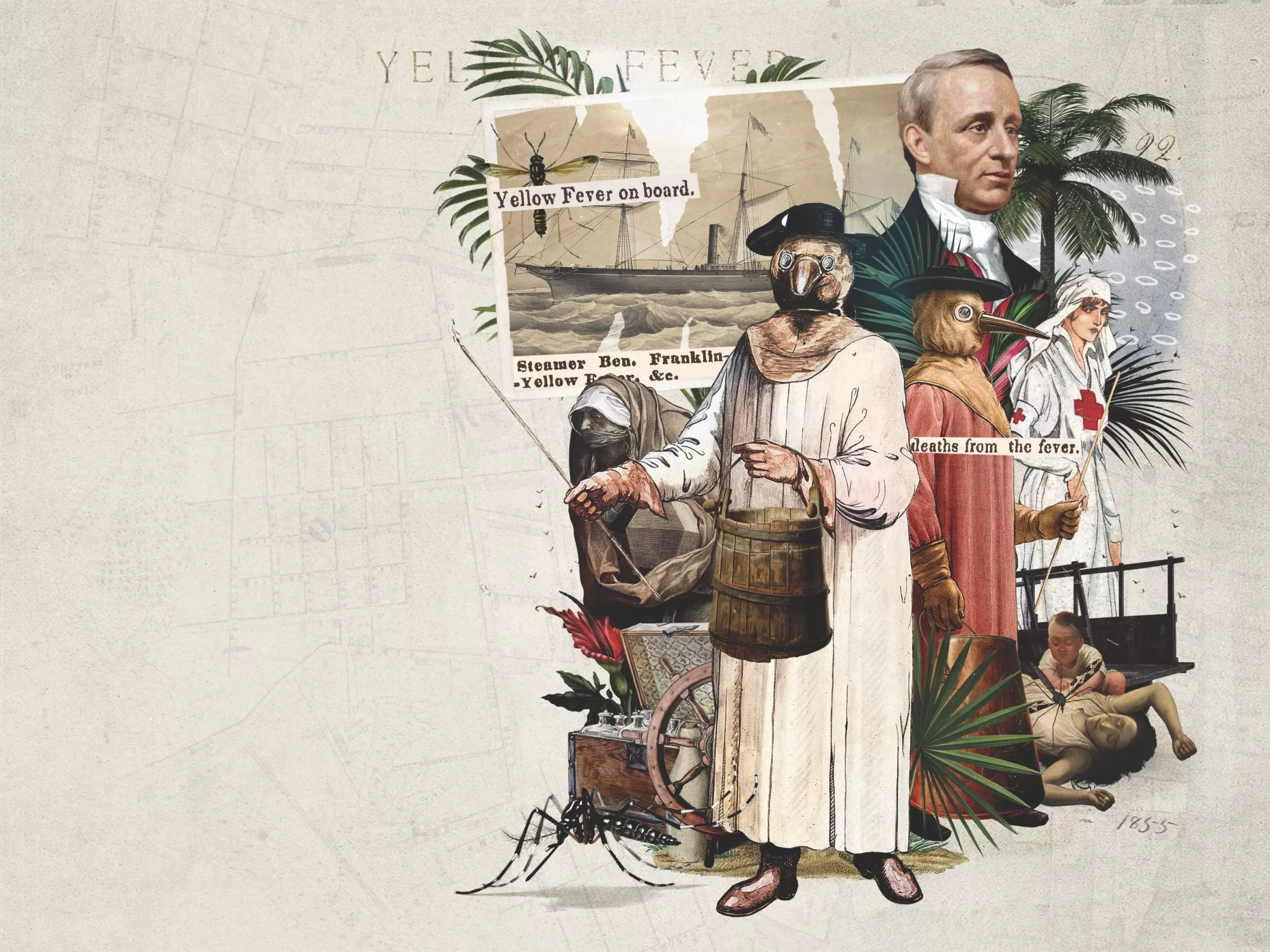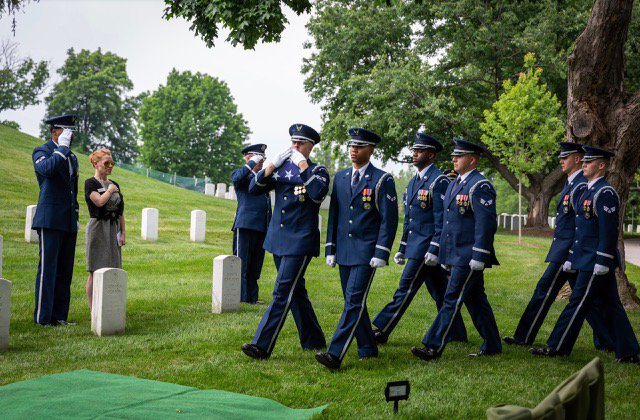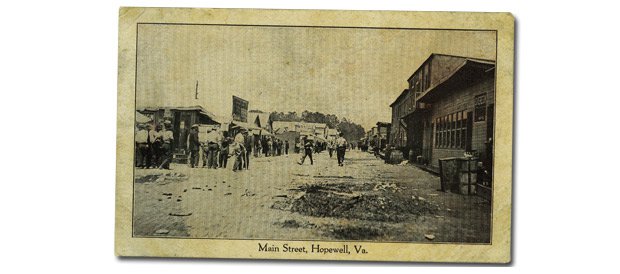29 curious, remarkable, & extraordinary things that all started in Virginia.
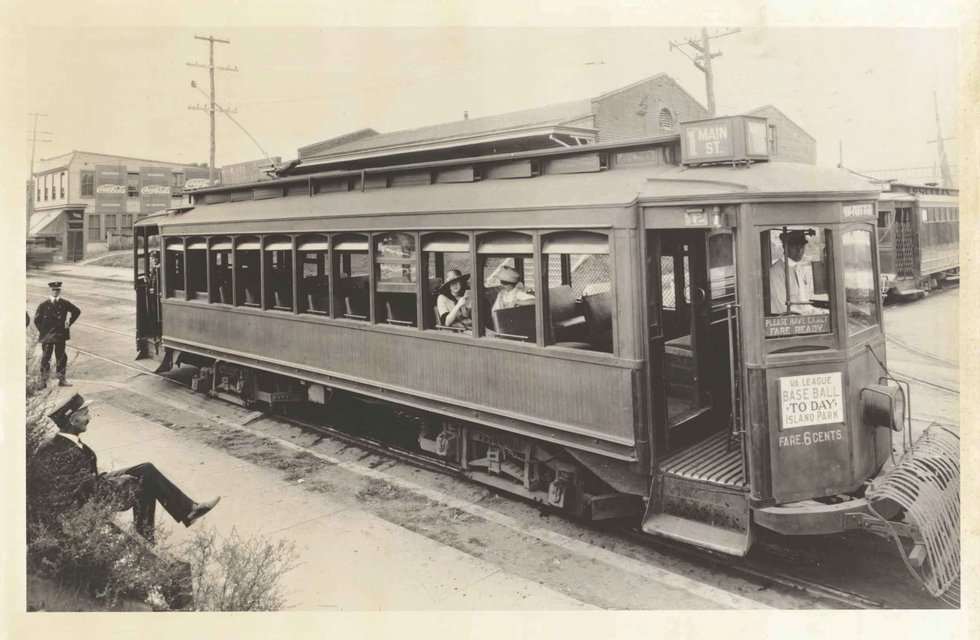
As any fourth-grader can tell you, without Virginia, there’d be no United States. Starting with the hardy band who settled Jamestown, our colonists begat the patriots who trounced the British at Yorktown, winning our independence in 1781. You’re welcome, America.
We went on to produce eight Presidents, 515 NFL players, four Real Housewives, Grammy-winning violinist Hilary Hahn, the Carter Family, Sandra Bullock, and Pharrell.
“Stop!” you say. “Tell me something I don’t already know.” Gladly. Let’s start with the reason Texas might want to jot a thank-you note.
Lone Star State Founder

Texas wouldn’t be Texas without the legendary Sam Houston, who was born in Rockbridge County near Lexington in 1793. The first and third president of the Republic of Texas, Houston was the state’s seventh governor and, later, had a good-sized Texas city named after him. A go-getter, Houston was also the sixth governor of Tennessee, making him the only American ever to be elected governor of two states.
Our Ninth President

Also with roots in Virginia, President Abraham Lincoln. We kid you not. His father, Thomas Lincoln, was born in Rockingham County near Broadway in 1778. Young Abe was named for Thomas’ father. Historians have speculated on the frosty relationship between our 16th President and his father. When Thomas died in 1851, he’d never met the President’s wife and children—and Lincoln skipped his funeral.
Galloping West to Kentucky

When Louisville needed a racetrack, Meriwether Lewis Clark, Jr. leased 80 acres from his uncles, John and Henry Churchill, to found Churchill Downs in 1875. Clark was the grandson of explorer William Clark of Caroline County, half of the Lewis and Clark Expedition. Another Virginian, Secretariat, was first to break the 1.4 mile track’s two-minute barrier. His 1973 record of one minute, 59 and two-thirds seconds still stands. The father of 664 named foals, Secretariat died at 19 and was buried at Claiborne Farm in Paris, Kentucky, whose owners hail from Albemarle County.
A Frosty Cup
If you’ve sipped a Mint Julep on Derby day, raise a silver cup to John Dabney, the Virginia bartender who popularized this bourbon slushy in the 1850s at Richmond’s Columbia Hotel. The Julep itself originated in Virginia, as documented by the first written record of the drink in 1787.
School News
The drinks weren’t flowing at the first college fraternity, Phi Beta Kappa, founded at William & Mary in 1776. Instead, its members met in secret to debate hot topics like “Was Brutus justified in killing Caesar?” Little failed to fascinate these young, 18th-century minds, some of whom, no doubt, went on to attend the nation’s first law school, also established at William & Mary in 1779.
Crime And Punishment
Our nation’s first crop of law students couldn’t possibly fathom how forensic science would eventually solve crimes. But in 1987, Virginia became the first state to convict a serial killer using DNA evidence. Tragically, Timothy Wilson Spencer murdered four women in Arlington and Richmond. When DNA linked him to a fifth homicide, he was finally convicted and later executed, exonerating the man initially accused.
Officer Training

The seeds for a New York school with a Virginia origin story were sown on the rocky cliffs of the Hudson River in 1789, when General George Washington lobbied to establish an academic institution to train Army officers. Initially opposed to the idea, President Thomas Jefferson signed legislation to establish the U.S. Military Academy at West Point in 1802. Virginia’s influence continued when graduate Robert E. Lee served as West Point’s superintendent from 1852–1855.
Name That Tune
Seven years later, in 1862 at Berkeley Plantation in Charles City County, Brigadier General Daniel Butterfield whistled a few bars to Private Oliver Norton. “Hear that, son?” Butterfield said, according to no historian ever. “Play it back for me.” Norton turned the whistle into a tune and played it at lights-out for the Army of the Potomac that night. A smash hit, “Taps” became the military’s official bugle call for flag ceremonies and funerals.

The Play’s the Thing
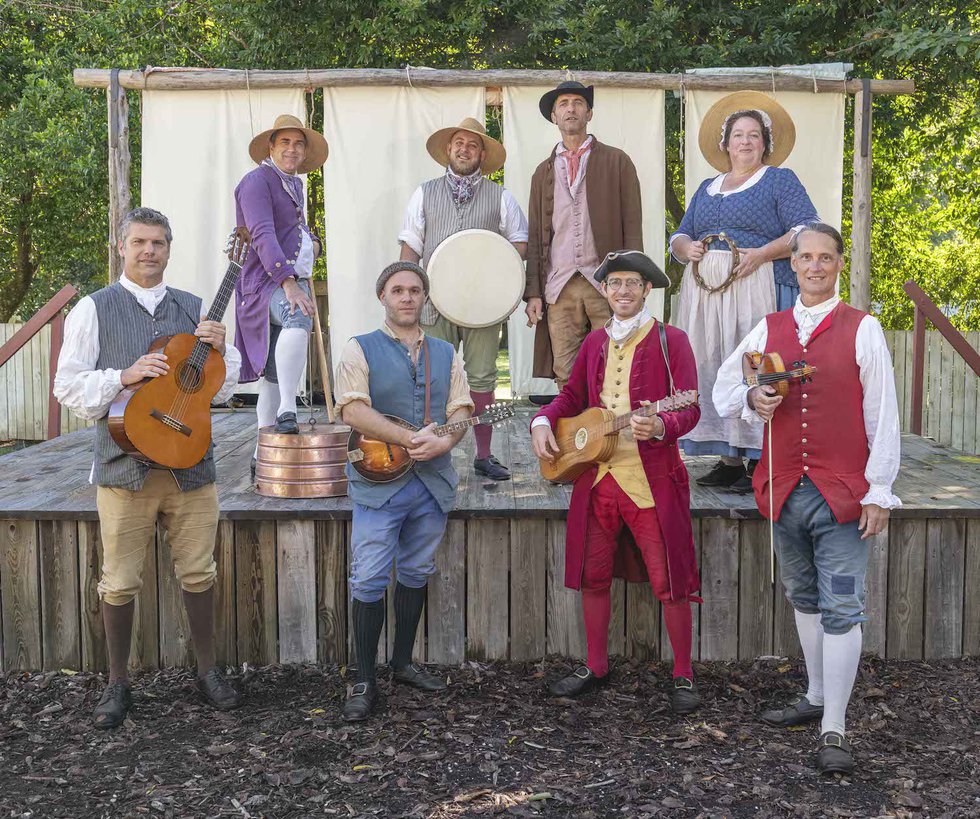
Williamsburg colonists, looking for their own hit, opened the first theater in our not-yet United States in 1716. At the Play House, amateur actors put Shakespeare on heavy rotation. But all did not end well. The Play House was torn down in 1745 to build a town hall.
Barroom Drama to Courtroom Brawl
The demise of the Williamsburg theater came almost 100 years after the first-known theatrical performance, staged in an Eastern Shore tavern in 1665 by three men reciting verses, speeches, and passages. The performers landed in hot water when a vocal audience member took offense. The local King’s attorney hauled the amateur actors into court, still in costume. But when the judge found the show innocent enough, the tattletale got stuck with the court fees.
Army Fashion Upgrade

Hard to fathom but, until 1980, Army surplus clothing was the only option for hunters looking to blend into the olive-drab scenery. Frustrated by the lack of sartorial choices, outdoorsman Jim Crumley, a teacher at Alexandria City High School, designed a tree-and-bark pattern and developed a method for transferring it onto fabric. With this innovation, Crumley created the first camouflage clothing for hunters. He parlayed his camo line into the multimillion-dollar clothing company, Trebark®. Haven’t seen it around lately? Exactly.
Naked Ambition
All too visible was America’s first streaker, George William Crump, a student at Washington College (now Washington and Lee University). Crump ran through the streets of Lexington in 1804, wearing only his birthday suit. We suspect alcohol and a dare were involved. Crump was suspended for a semester but, naturally, this bad boy went on to serve in the Virginia House of Delegates, U.S. Congress, and as Chargé d’Affaires to Chile from 1844-1847.
Inventive Inventions

Decades earlier, the fully-clothed Thomas Jefferson sat in a Windsor chair while writing the Declaration of Independence and found it…confining. Once home at Monticello, he put a fresh spin on a Windsor of his own, using an iron spindle and window sash rollers to create the world’s first swivel chair. It was a turning point in the history of office furniture.
Read My Luscious Lips
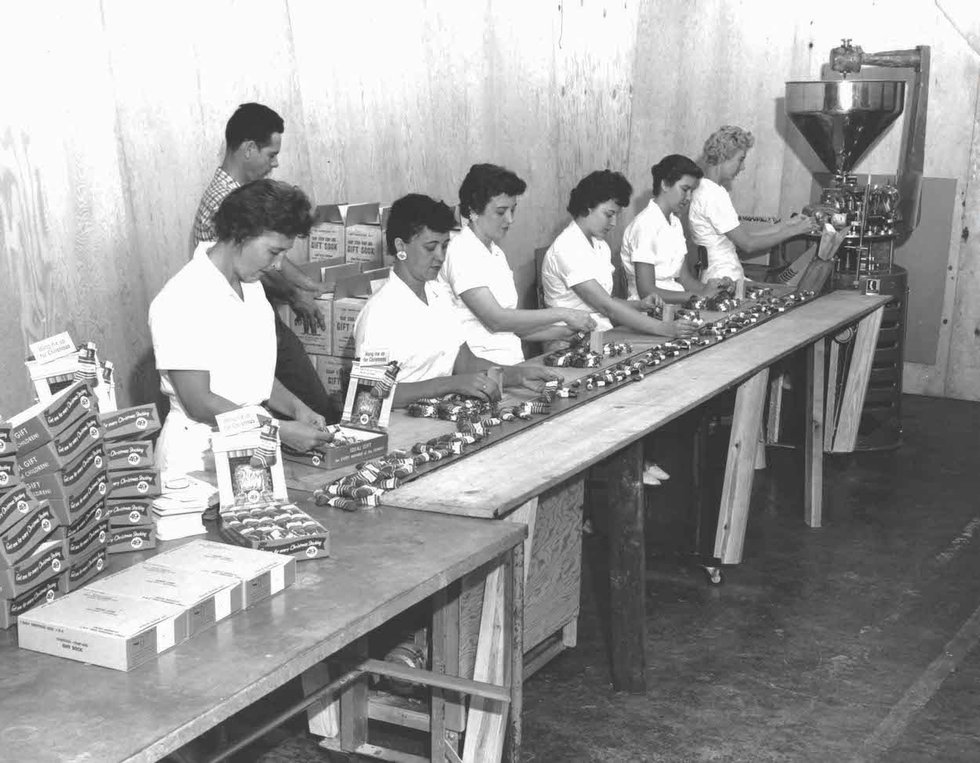
Also inventive, Lynchburg pharmacist Charles Fleet tinkered with a waxy stick wrapped in tinfoil in the 1890s. But Fleet’s lip balm bombed, perhaps due to the cumbersome packaging. He sold the patent for five bucks to a friend, John Morton, whose wife came up with a brilliant lipstick-tube dispenser—and ChapStick was born. Fleet went on to invent the now famous device for relieving, um, oh, never mind.
Small Change

Not all innovations are welcome. Like us, Virginia’s earliest travelers might have found themselves searching for small change in their cup holders—if only they’d been invented—as they approached the New World’s first toll gate. In 1772, the Virginia Legislature authorized Augusta County to build a highway over the mountains between Jennings Gap and Warm Springs and establish a toll gate to fund its maintenance. The idea had legs: Toll gates appeared on Alexandria’s roads in 1775 and they’ve been with us ever since.
Triple Trains

Richmond still boasts the only spot in the country where three railroad lines cross over one another. Have three trains ever crossed simultaneously? Not once, though doctored photographs depict this fictitious three-way. Want to eyeball the nation’s only triple crossing yourself? Stop by the nearby Triple Crossing Brewing afterward to sample some suds.
Air Drop
Want that beer flown in? The first commercial drone deliveries in the U.S. got underway on Oct. 18, 2019, when three Wing drones lifted off in Christiansburg. One delivered cough syrup and another a winter vest. And the third? It delivered chocolate. Today, you can find a Wing drone in the Smithsonian’s National Air and Space Museum.
A Fizzy Question
Thirsty yet? The question of whether Dr. Charles T. Pepper, of Rural Retreat—a Confederate surgeon turned pharmacist—inspired the name of the soft drink persists. According to the Dr. Pepper museum in Waco, Texas, the drink’s origin has 12 unverifiable theories, but the most plausible by far is that pharmacy owner Wade Morrison named it after his colleague, the good doctor. Some even speculate that Morrison swiped Pepper’s formula.
First Dish

One formula we can confirm, Virginia’s Brunswick Stew pre-dates Georgia’s by 70 years. The Virginia Guide, published by the depression-era Federal Writers’ Project, states that Jimmy Matthews, a Black cook, created the savory stew on an 1828 hunting trip in Brunswick County, citing the recipe. Sorry, Georgia.
Meth Chef
Also a cook, Walter White of the Emmy® Award-winning series Breaking Bad sprung from the imagination of series creator Vince Gilligan, whose roots run to Farmville and Richmond. The show, which ran for five years, once held a Guinness World Record as the most critically acclaimed TV show of all time. Gilligan followed Breaking Bad with its prequel, Better Call Saul, which starred White’s hapless attorney and garnered 25 Primetime Emmy® Award nominations.
All the Chuckies
Walter White’s not the only Virginia-originated character breaking bad. Chucky, the demented doll of the Child’s Play film franchise, was created by Don Mancini, in a send-up of the Cabbage Patch Doll craze. Mancini, also from Richmond, went on to write Bride of Chucky, Curse of Chucky, Seed of Chucky … you get the idea.
Nut Job
Another doll-like icon originated in Suffolk in 1916 when the Planters Nut and Chocolate Company ran a contest. Thirteen-year-old Antonio “Tony” Gentile, also of Suffolk, submitted his drawing of a peanut character, which went on to become Mr. Peanut.

A Mighty Shell

Another tiny protagonist, adorably animated by Richmonder Dean Fleischer-Camp, Marcel the Shell With Shoes On is voiced by Jenny Slate, of fleeting Saturday Night Live fame. After their early Marcel videos went viral in 2010, Hollywood came calling. Fleischer-Camp directed, produced, co-wrote, and appeared in the 2021 indie film—which also includes a cameo by 60 Minutes correspondent, Lesley Stahl.
Drop the Mic
A word of thanks to electrical engineer James West, inventor of the polymer foil electric transducer, essential to 90 percent of all microphones—and most phones—today. Born in Prince Edward County, Dr. West holds 47 U.S. patents and nearly 200 international ones. His mother, Matilda West, worked at NASA’s Langley Research Center in Hampton. Founded in 1917 under the National Advisory Committee for Aeronautics, Langley was the first civilian aeronautical laboratory in the U.S.
Keep It Clean, People
Back on earth, America’s first sanitation law was enacted at Jamestown in 1610. It read “nor shall anyone aforesaid, within less than a quarter of one mile from the pallizadoes, dare to doe the necessities of nature.” The penalty for such “loathsome immodesties,” was a good whipping. Given the settlers’ persnickety sanitation rules, it follows that, by 1780, the first permanent city board of health in the U.S. was established in Petersburg.
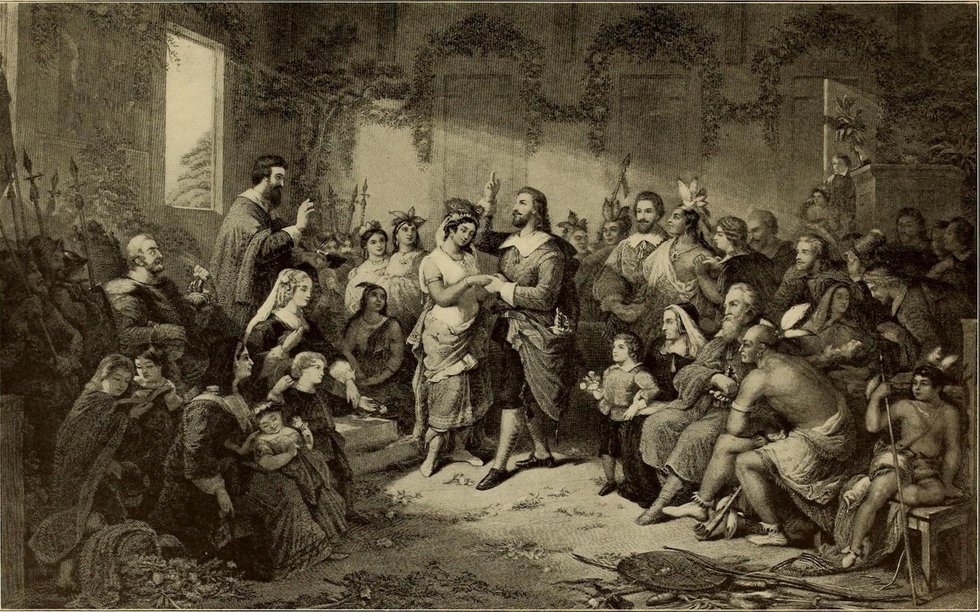
Before A Streetcar Named Desire
The world’s first electric streetcar system was inaugurated in Richmond in 1888. Fittingly, it also inspired the first transit strike in 1903. A 1904 law calling for segregated streetcar seating sparked a boycott among Black riders that bankrupted the company in three months. By the late 1940s, the advent of transit buses sealed the streetcars’ fate and, with an utter lack of historic foresight, the city doused its remaining trolleys with gasoline and set them afire.
It’s a Girl!
A health innovation that rocked the cradle, and the world, was the first successful in vitro fertilization (IVF) pregnancy in the U.S. The blessed event occurred at Eastern Virginia Medical School in Norfolk, where husband and wife doctors Georgeanna and Howard Jones had opened an IVF clinic in 1980. The trailblazing baby girl, born on Dec. 28, 1981, was considered a miracle.
The Needle Stick Heard Round the World
Another miracle was aided by the pronged needle invented in 1965 by Virginia Tech grad Benjamin Rubin at Wyeth Laboratories. When dipped into a vial of smallpox vaccine, the forked needle captured a perfect dose. Rubin’s needle administered some 200 million smallpox vaccinations annually between 1966-1977, earning him a place in the National Inventors Hall of Fame. When the World Health Assembly declared smallpox defeated in 1980, it was the first deadly disease eradicated by man.
Doumar’s Cones

Equally vital, Virginia also lays claim to the ice cream cone, invented by Abe Doumar of Virginia Beach at the St. Louis Exposition in 1904. When his paperweights weren’t selling, young Abe bought a fresh waffle at a nearby vendor’s stall, rolled it into a cone, and topped it with a scoop. Gourmet Magazine recognized the ice cream at Doumar’s Barbecue in Norfolk as some of the best in the U.S. Parts of his original four-iron waffle-baking machine—which pressed nearly 23,000 cones at the 1907 Jamestown Exposition—are now in the Smithsonian Institute.
This article originally appeared in the February 2023 issue.






